The past vexes us. Longing to feel connected to it, those with money tour the world’s ancient ruins searching antediluvian kin. Meanwhile in Eurocentric contemporary art seminars, the story of fascism’s co-optation of Greek and Roman aesthetics is told and retold like a cautionary parable. It’s tacitly understood that in mimicking the ancients, we court mercurial, intoxicating forces.
This was the dangerous game played by artists Mike Nelson, David Claerbout, and Cerith Wyn Evans in three recent Berlin shows (at Neugerriemschneider, Kindl Centre for Contemporary Art, and Galerie Neu). Each artist reanimated ancient methods and motifs in their own eccentric way. The exhibitions hosted fleeting, crucial, and conflicted encounters between volatile archaism, and the perpetually-refreshing current moment.
Nelson’s exhibition, Tools That See (The Possessions of a Thief) 1986-2005, continued his project of unfolding alternate dimensions and skewed temporal realities, like a genre author teleported into the contemporary art gallery. In one of his best-known installations, The Coral Reef (2000), an architectural assemblage of moody corridors and rooms called up the depths of collective consciousness. Speaking about the objects in his work, Nelson’s language is interspersed with terms like “relic” and “votive item” – hallmarks of a wizardly sensibility.
In this show, Nelson’s tools were displayed on many rough-shod wooden platforms, encased within acrylic glass cases; in one, a yellow nail gun; in another, a collection of handsaws; and then crusty leather gloves, like lizard skins destined for a bubbling cauldron. With Nelson’s language of relics and votives in mind, these Plexi boxes appeared as contemporary variants on reliquary cases found in antiquated churches across Europe. Nelson’s exhibition is an arcane deification of manual labor.
Unfortunately his show also has a backstory bound up in a compact of nostalgia and gentrification. In 2012, developer Dirk Moritz discovered an abandoned cabaret theater in Berlin. Recognizing the latent mystique of his find, Moritz invited artists to transform it. Nelson came around, and reconstructed the cabaret’s dilapidated stage as a kind of memorial sculpture. Now, four years later, his installation is gone, and the cabaret is poised to develop into a luxury penthouse, accompanied by multi-purpose office spaces. The wood that Nelson used to construct his stages lives on, however, in the weathered platforms supporting his artifacts in the show.
I sense that this complicated resonance isn’t lost on the artist. While it’s easy to call to mind the faux-industrial look of boutique cafes in gentrified neighborhoods, it’s not so easy to imagine these places displaying the tools that Nelson shows us here, which are not proud antiques, but the ordinary implements you’d find at Home Depot, worn-out and beaten down. So Nelson’s exhibition has a layered psyche, in which tools – presented like esteemed relics – appear increasingly tired, ordinary, and sheepish, the longer you stay with them. This seems to be Nelson’s way of showing an unseen tug-of-war between a quintessentially human romance with the mythic past, and cautionary self-awareness.
A few shades away from Nelson’s melancholic ambivalence, is Cerith Wyn Evans’s self-titled exhibition at Galerie Neu, which grins in the vagueness of our collective relationship to deep time and space. Born in 1958, Wyn Evans is something between an heir to conceptual art, and an elusive, bricoleur poet. Often, he uses neon tubing to represent cryptic text fragments, clipped out of context. In a recent show at New York’s Galerie Buchholz, his fluorescent sticks leaned lazily against the wall, as if Dan Flavin had become bored by his own work, and abandoned the gallery mid-installation.
Wyn Evan’s show is the most difficult to reconcile with the theme at hand, as it threads through bygone occult methodologies, esoteric poetry, and outer space. In Galerie Neu, several glass panes hung from the ceiling, rigged with small speakers through which Wyn Evans transmitted a twinkling score, inspired by the stars. As we heard resigned warbles and the soft staccato of breaking glass, the transparent material seemed to broadcast a premonition of its own destruction.
Adjacent to these panes glowed a line of text, borrowed from the late American poet and séance practitioner, James Merrill. “Revolving between poles,” the neon read, “a gassy expansion and succinct collapse, ‘til heaven is all peppered with black holes, vanishing points to the superfluous matter elided (just in time perhaps) by the conclusion of a passage thus.” A canny editor, Wyn Evans had cut three words from this line’s front end: “Verse once more.” With this clever snip, he pulled us away from Merrill’s subject (writing), and into the wistful haze that is his metier.
In his 1933 essay “Doctrine of the Similar,” Walter Benjamin argued that language was born in humans’ ability to read the stars. Resonances were felt between constellations and the body’s entrails, in quick flashes of physical empathy, and converted into meaning. Similarly, Wyn Evans’s exhibition wove the viewer’s warm body into a wondering after the heavens, with a mind to language. The luminous tubes pulsed with mysterious glowing gas, recalling the tubular entrails in Benjamin’s story, as glass panes amplified sound in the way of human eardrums. Meanwhile, the speaker wires traced upwards, like electric veins.
Sometimes, the hoary glow of Evans’s work has served a hollow, corporate function. Such was the effect of his 2010 Light Columns, for Pittsburgh’s K&L Gates Centre. Comprised of five cylinders constructed from fluorescent tubes, Light Columns dressed up this urban megalith’s lobby with a vaguely Greek aura. In contrast, the glass fixtures in Galerie Neu retained an eccentric sense of collective purpose. Hanging from the ceiling in an annular constellation, they appeared like shard-echoes of Stonehenge, complete with a cool, interpretive astronomy.
It’s difficult to speak about the work of Nelson, Wyn Evans, or Claerbout without slipping into hidebound language. All tend towards a classic habit of reactionary conservatism: invoking mythological bygone times, as a counterpoint to the freewheeling present. But there is a more nuanced, critical force operating in this work, which moves through retrospective imagination, without getting lost in reverie.
It seems the past is always crashing over the present in the form of repressed memories, which arrive in moments of crises only to dissolve as quickly as they came. The Belgian filmmaker David Claerbout resists this dissolution of memory when he combines photography, film and three-dimensional rendering to create simulacral worlds, wherein time is suspended, but still somehow alive. His Vietnam, 1967, near Duc Pho (reconstruction after Hiromichi Mine), (2001), for example, shows a war plane hovering in mid air, having just been fragmented by a missile. The image is still, and flickers softly, in the way of film. It’s a perfect example of Claerbout’s ability to collude with the past, in order to suspend its traumas in present time.
Installed in the cavernous space of Berlin’s Kindl Centre for Contemporary Art, Claerbout’s Olympia (The real time disintegration into ruins of the Berlin Olympic stadium over the course of a thousand years), (2016) took Berlin’s Olympic stadium as its subject, a marvel of Nazi architecture, referential of the Roman Coliseum and, by extension, classical Greece. In Claerbout’s film, the “camera” circles an immaculate three-dimensional rendering of the structure slowly, with glassy calm, suspending the monument in a kind of visual dream space.
Olympia has been designed to play for 1000 years, resurrecting the psychotic hubris of Hitler’s Thousand-Year Reich. As current weather conditions change, so do those in the animation. In this way the sensation of rain against your skin is woven into the projected future of this digitally-cloned building, as well as its fascistic and ancient pasts. Although the conceit of this eternally-playing film is haunting, the effect is dampened when we realize that the show will in fact close on in May 2017. The image will keep evolving past this date. But until Claerbout gets invited to show it again, it will do so inside of a hard-drive, without a the viewer’s gaze to give it meaning.
More important than this issue of presentation is the way the piece’s conceptual gambit awakens a volatile danger – in the wrong context, it could be taken as pining elegy. Unlike Leni Riefenstahl’s 1936 Nazi propaganda film, Olympia: Festival of Nations, Claerbout’s Olympia shows the stadium empty of human beings. But its emptiness doesn’t guarantee an ethical orientation, against fascism. The viewer is free to project specters into the stadium’s arches, and these specters have no allegiances. They could be martyrs, or foreboding messengers. I take this political ambiguity as a strength. It’s a mnemonic tool, for recalling the difficulty of disassembling a structure’s power once it’s been called into service by ideology.
Olympia is nearly convincing as film, but there are giveaways. Shadows stutter over the limestone edifice in glitchy jumps, and the camera’s movement is too smooth to make the illusion fully believable. Maybe this is why it’s the texture that I remember most. The Nazi regime saw limestone as a direct link to Germany’s ancient heritage. In Olympia, lined abrasions have been meticulously rendered into this material, encoding it with the scars of construction – of human and machinic movement, fettered to a specific place in time, and its specific historical circumstances.
Wyn Evans, Claerbout, and Nelson all search for a deep historical proprioception. But in each case, we’re left unsure as to whether the exhibition presents more than a facile mythology of the past. A 1999 lecture by Wyn Evans offers an unlikely perspective, and needed context. At the 28:00 mark of his lecture, over a grainy projection of his own work, the artist reads an enigmatic quotation: “Each body distributes in its own special way, without model or norm, the non-finite and changing totality of its desires. Claim your place in the arena of contradictions, where pleasure and reality embrace.”
The words come from Helen Cixous’s 1976 essay “The Laugh of the Medusa,” a hallowed feminist text that enjoins women to abandon the oppressive, masculinist tradition of writing, and to embrace “écriture feminine,” a kind of writing emerging from embodied experience, rather than the isolated intellect.
This may be a strange reference to join with the work of three white male artists preoccupied with recondite history. But Cixous’s quotation provides a clarity, on the critical logic, guiding Nelson’s, Claerbout’s, and Wyn Evans’s efforts to incant the archaic, in sensorial form. A contradictory encounter between pleasure and reality is at the core of each work. Pleasure materializes in a wistful plumbing of the past; reality, in the unpredictable consequences of retrospective wandering.
It’s a complicated and risky endeavor to stir-up ancient history, in this way. We could easily accuse Wyn Evans, Claerbout, and Nelson of being a little too coy, earnest, and grandiose, in that order. On the other hand, how else should they be? Capitalism wields its own dark magic. It hypnotizes us. We flit on a surface of desires and impulses, rarely delving into antiquity, much less our place within it. To interrupt this pattern is to invite skepticism, embarrassment, ostracism.
As Cixous presages, a few lines on:
“Once more you’ll say that all this smacks of ‘idealism … you’ll splutter that I’m a ‘mystic’.”

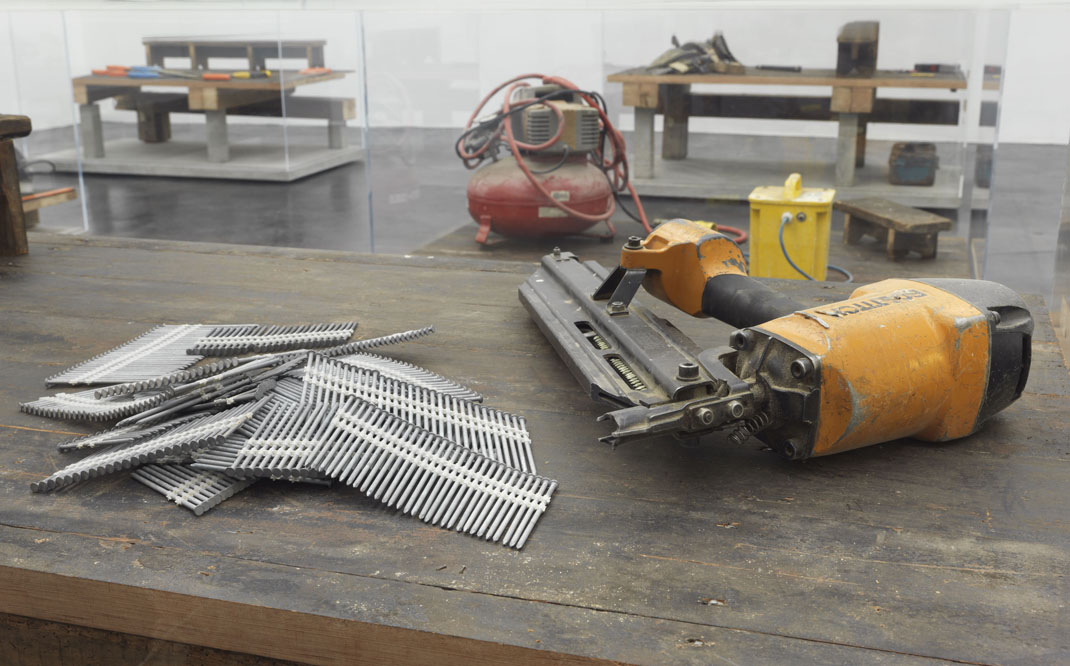

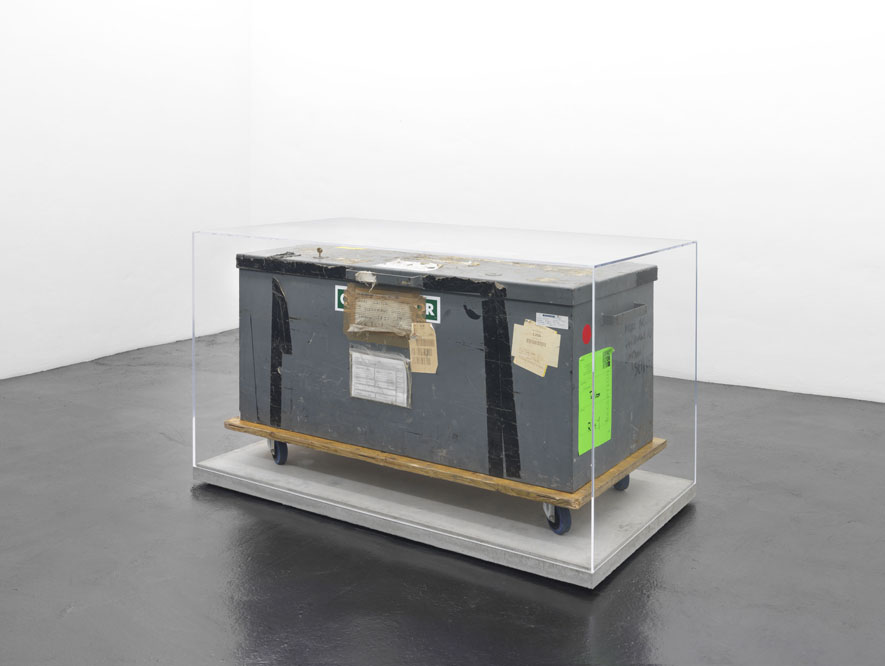
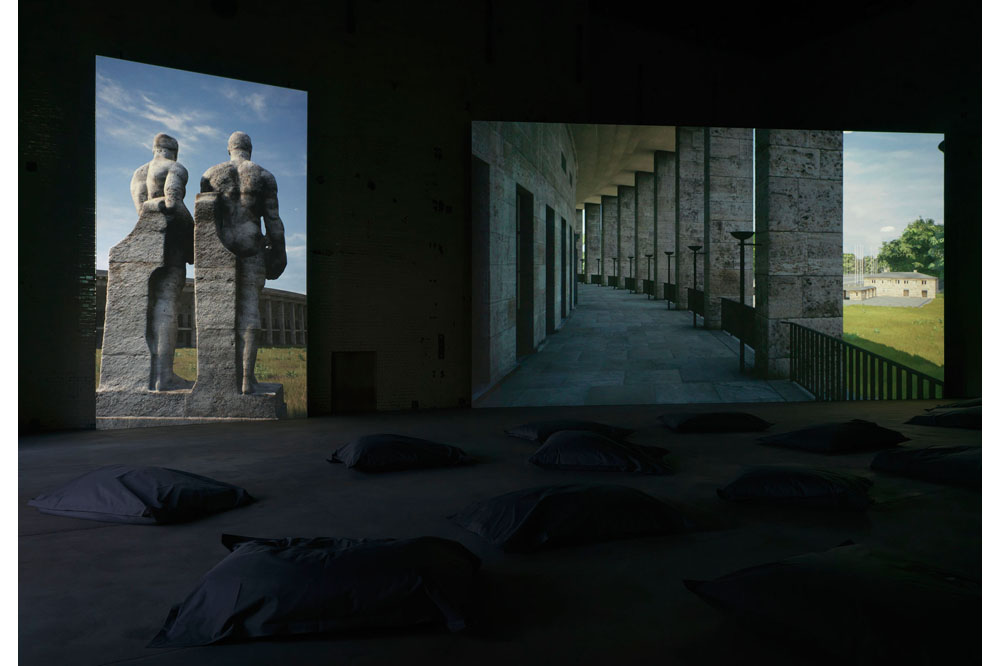
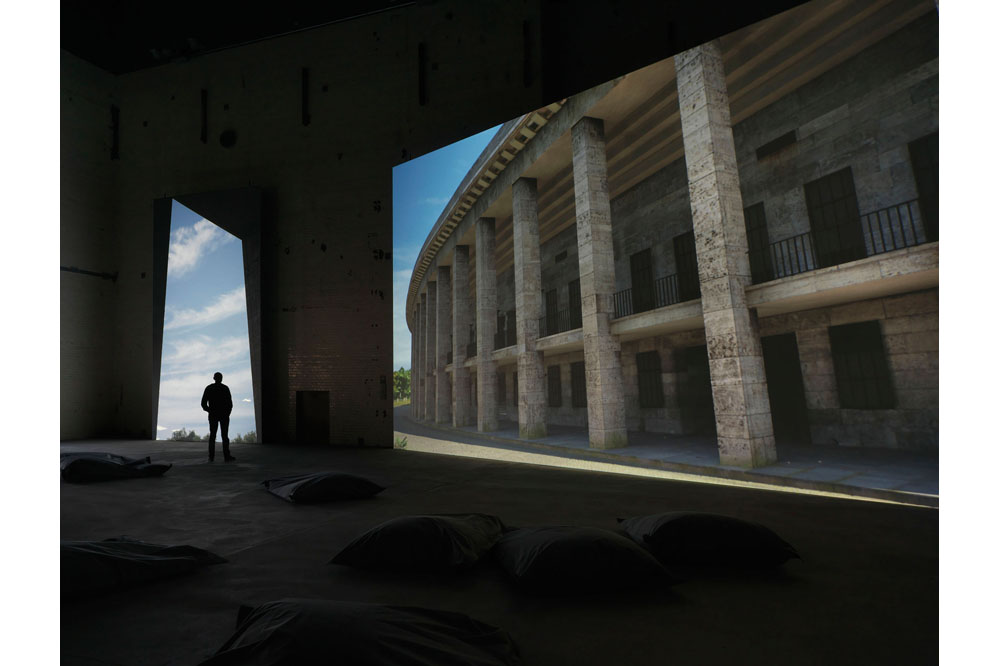
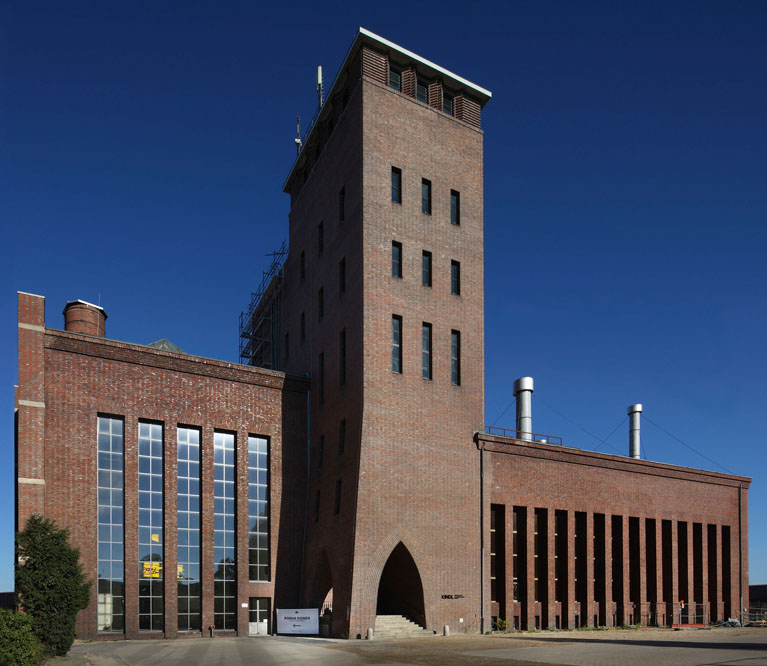
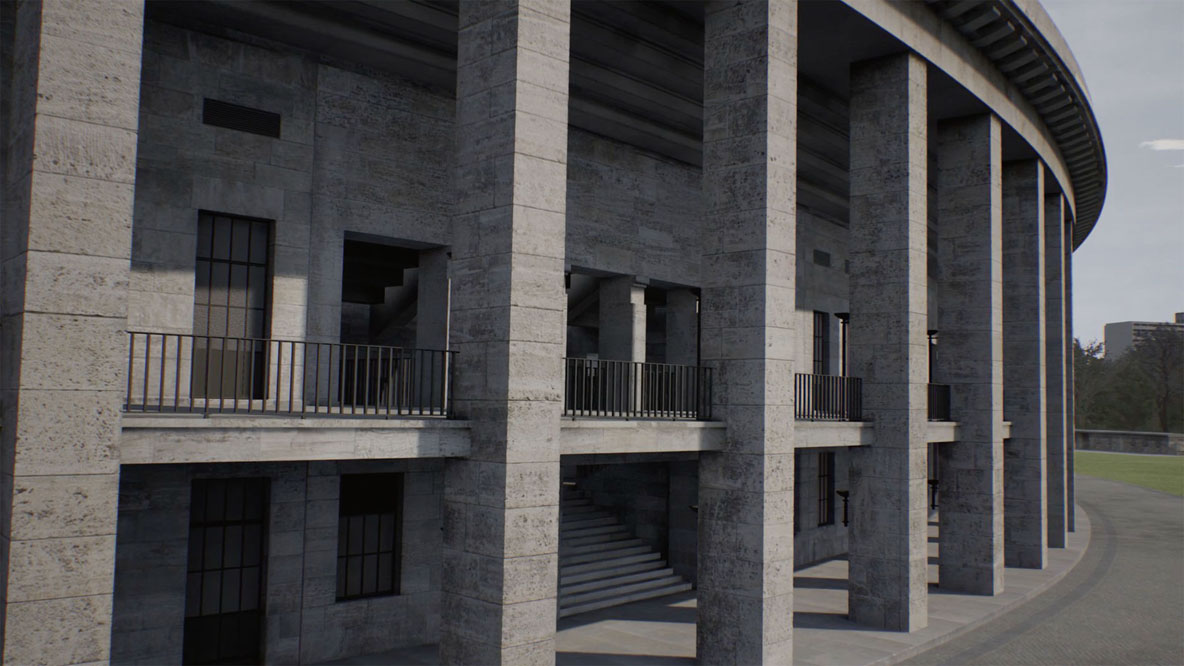
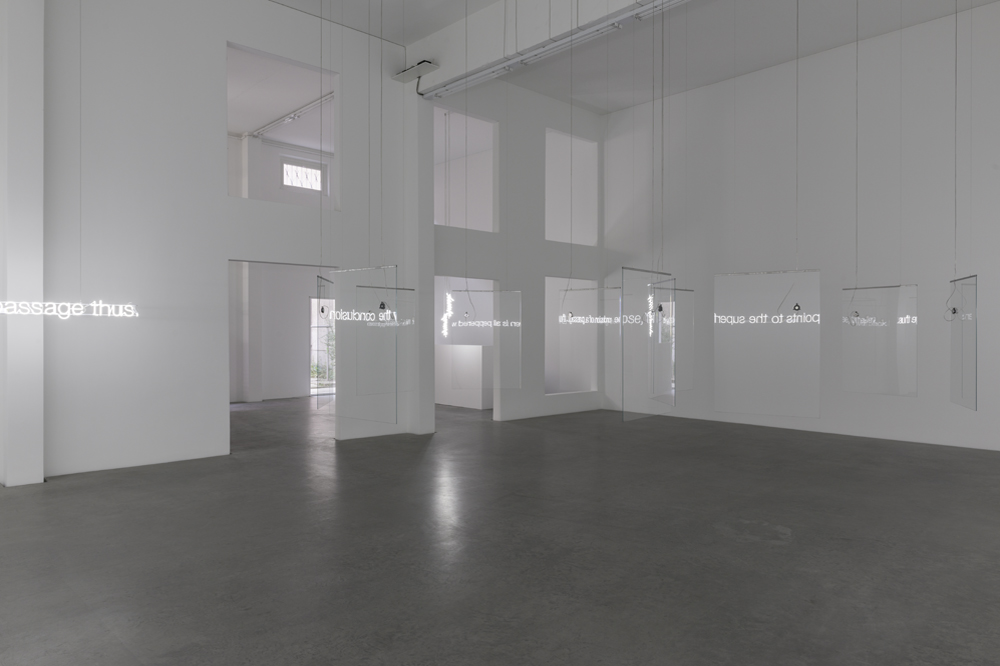
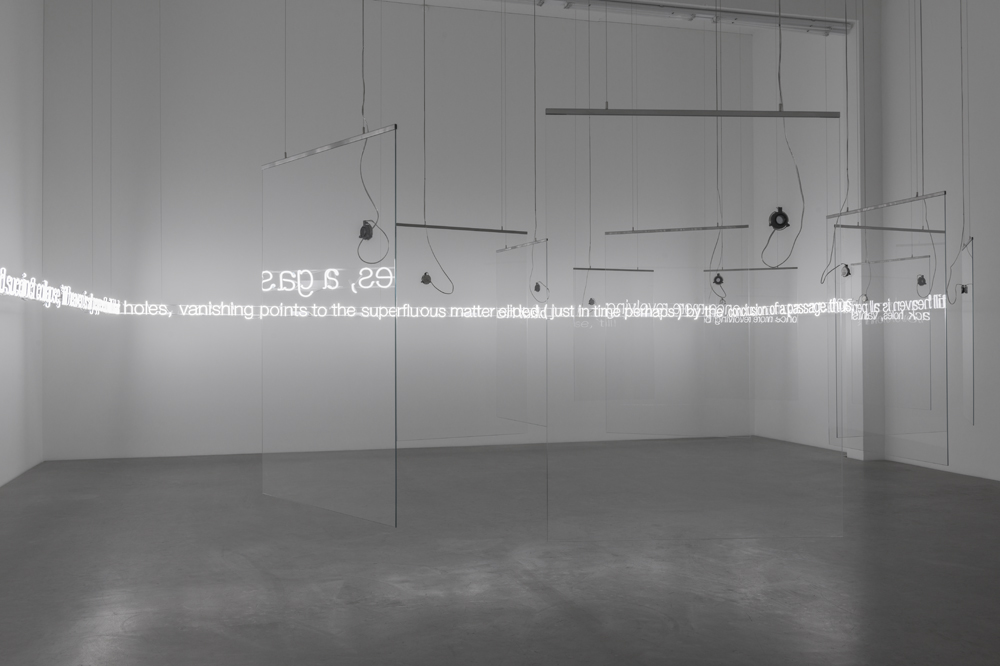

























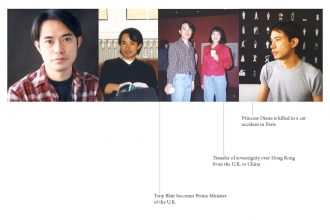
1 Comment